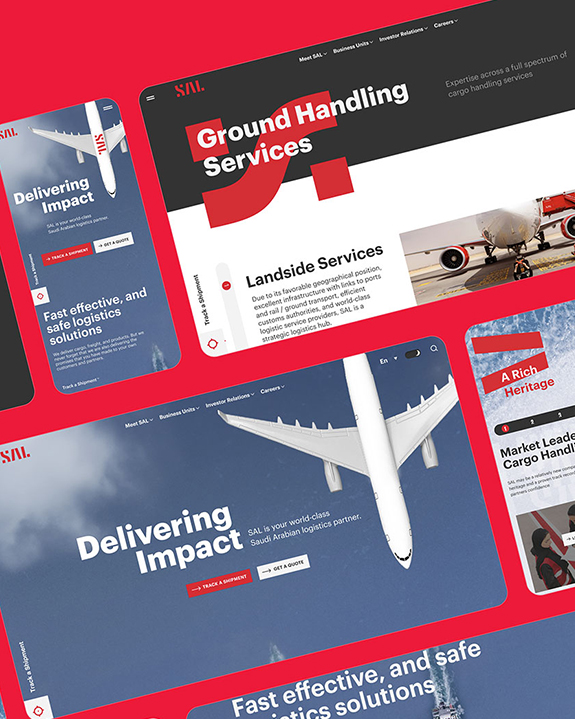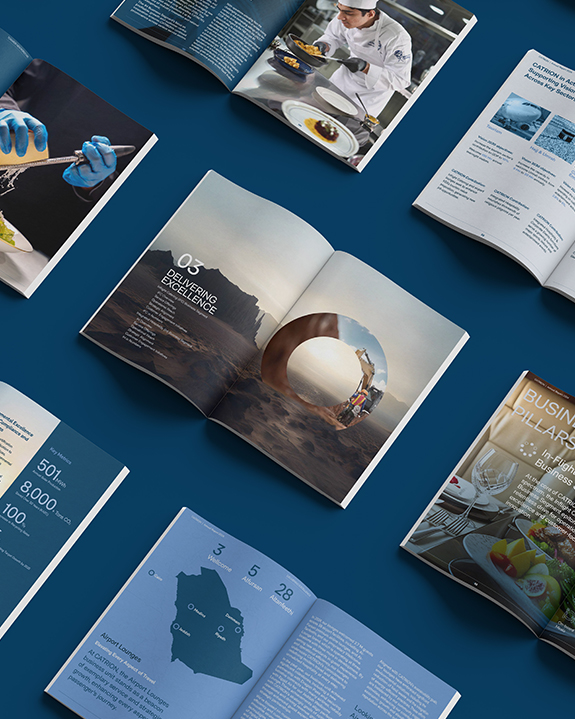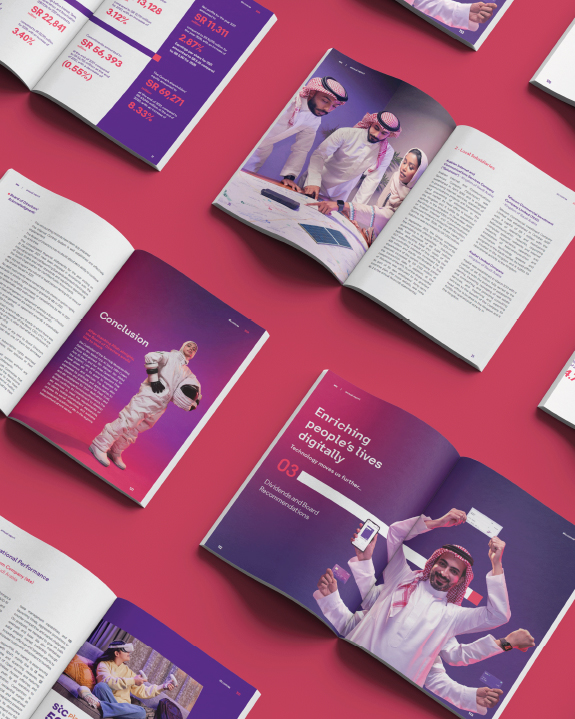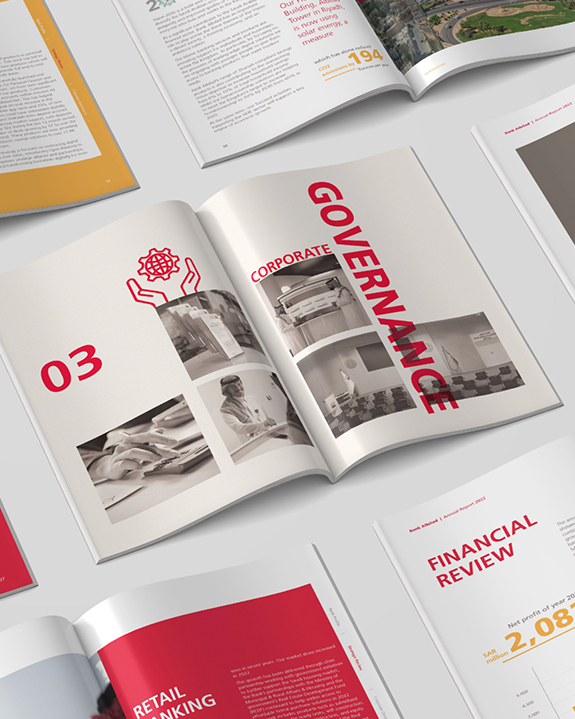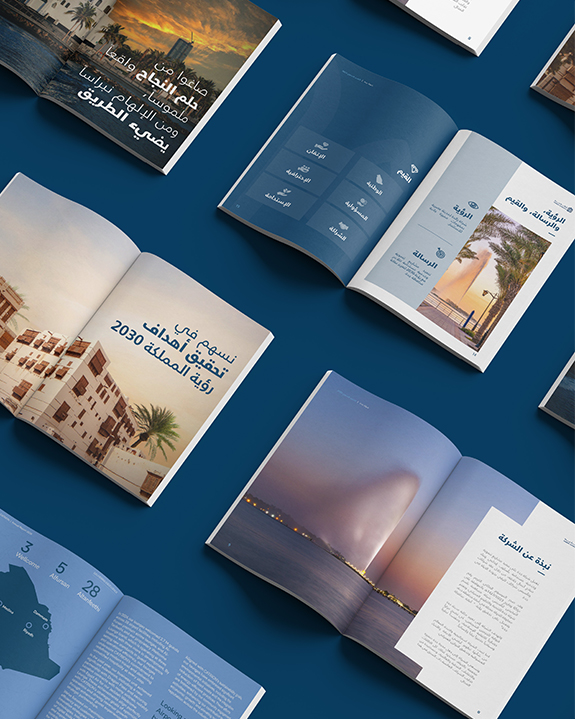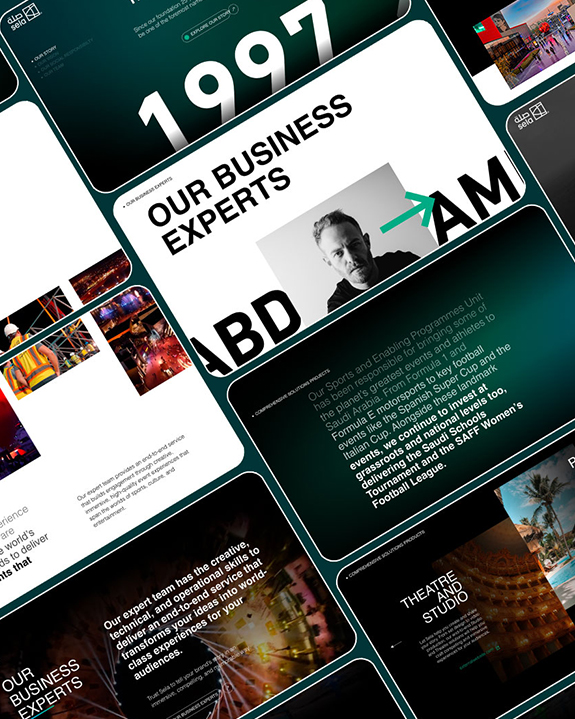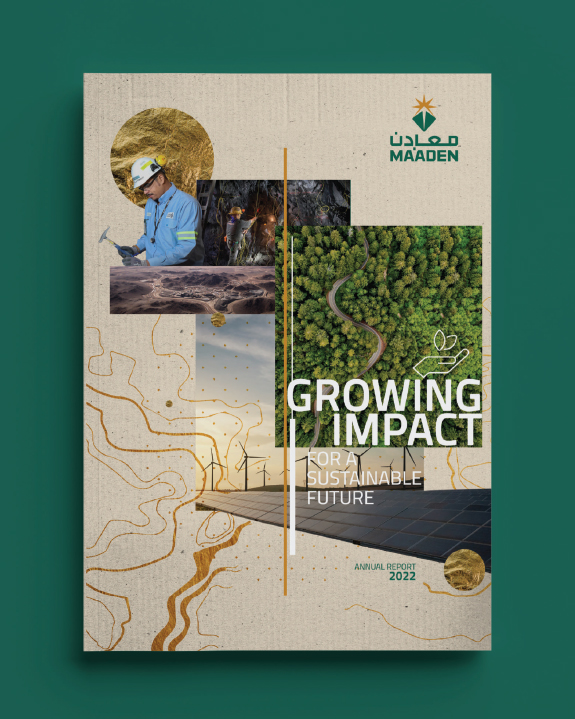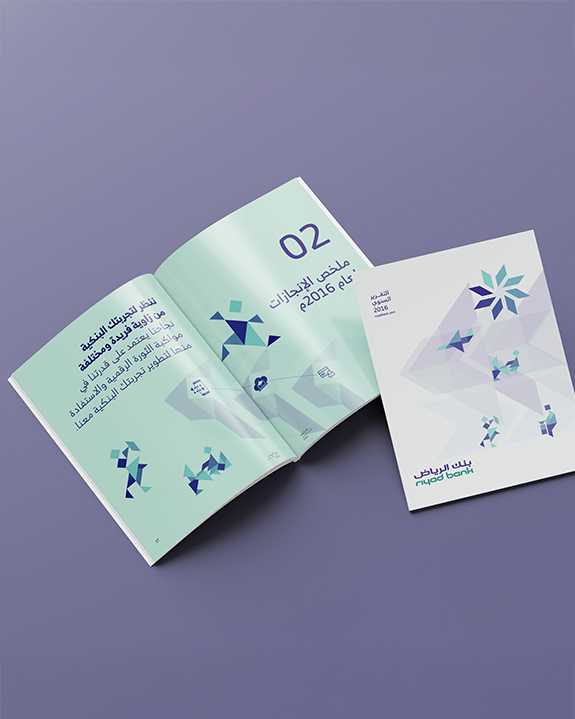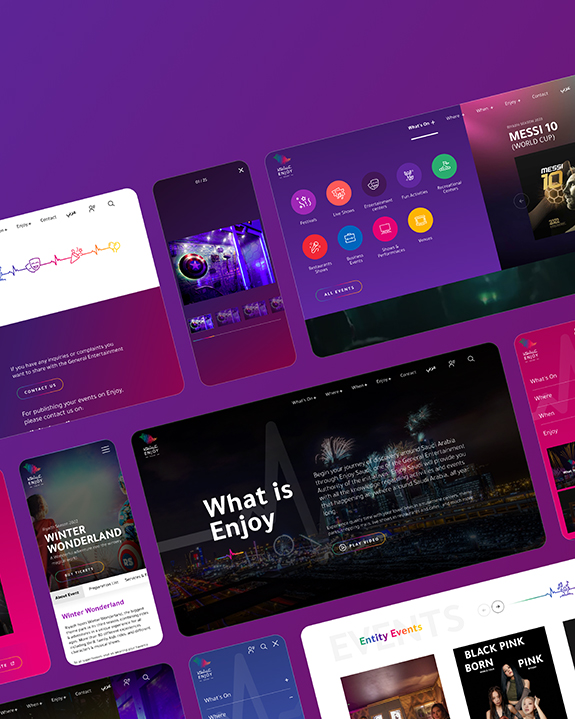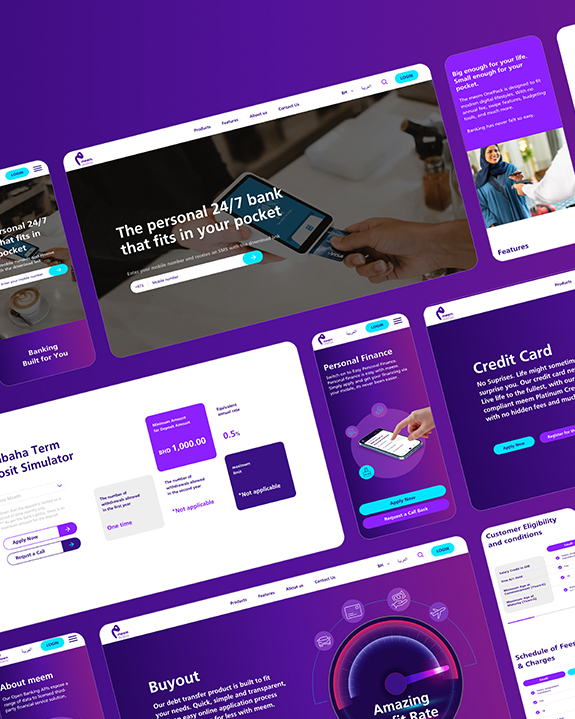Scaling Brand Expression
Without Losing the Human Voice
Say it like a person, at any size.
Consistency shouldn’t sound like a template. When output explodes across teams, channels, and languages, many brands trade warmth for speed. That’s how you end up with copy that sounds like it was written by a committee, accurate, compliant, lifeless.
You don’t need more approvals. You need a few human rules, a couple of light rituals, and a handful of guardrails that keep every post, page, reply, and announcement speaking to one person, clearly, kindly, and in Arabic and English.
Why Voices Go Robotic (and how to avoid it)
Speed outruns listening.
Teams publish faster than they gather real phrases customers use.
Too many hands.
Edits layer hedges (“may,” “could,” “should”) until nothing feels direct.
Arabic becomes a pasted translation instead of a native voice.
Compliance creep.
Safety language takes over the message instead of supporting it.
Drafts are faster, but the tone is generic unless a human finishes the job.
Spark Insight:
Treat human as a requirement, not a style. If it wouldn’t pass face-to-face, it shouldn’t pass publish.
The Human Rules (carry them everywhere)
Six rules that scale without diluting tone. Use them in social, product, email, support, everywhere.
Write to one person.
Use “you/your”. Cut group-speak.
EN: “You’ll get your confirmation in 2 minutes.”
AR: «يصلك التأكيد خلال دقيقتين.»
Use their words.
Borrow phrases from sales calls, tickets, and comments . Stop inventing synonyms for simple things.
EN: “Track your order.” (not “Monitor shipment status”)
AR: «تتبّع طلبك.»
Be plain, then kind.
Short sentence for clarity; a second line for care.
EN: “Your payment didn’t go through. Let’s try again, then we can help.”
AR: «عملية الدفع ما اكتملت. جرّب مرة أخرى، ولو ما زبطت نساعدك فورًا.»
Say what happens next.
Every message gives the next step and the time.
EN: “Upload your ID now. Review takes about 3 minutes.”
AR: «ارفَع هويتك الآن. المراجعة تستغرق نحو ٣ دقائق.»
Own the feeling.
Acknowledge effort, delay, or confusion before you fix it.
EN: “Thanks for waiting, this took longer than it should.”
AR: «نشكر صبرك، الأمر أخذ وقتًا أطول من المفترض.»
Names or team initials in replies, especially for service.
EN: “We’ve got you, Mariam, Support”
AR: «تم، معك مريم من الدعم.»
Where the Human Voice Lives (and how to keep it)
Launch & announcements
Lead with the benefit in one line; keep the “why it matters to you” sentence.
EN: “Book same-day delivery, no calls, no forms.”
AR: «احجز توصيل اليوم نفسه، بدون اتصالات ولا نماذج.»
Avoid blame; explain the path.
EN: “We couldn’t read that ID. Try a brighter photo, here’s how.”
AR: «ما قدرنا نقرأ الهوية. جرّب صورة أوضح، إليك الطريقة.»
Social replies & DMs
Acknowledge → clarify → commit → close the loop publicly.
EN: “You’re right, that page was slow this morning. It’s fixed. If it stutters again, DM me and I’ll escalate.”
AR: «معك حق، الصفحة كانت بطيئة صباحًا. تم الإصلاح. لو تكرّر، راسلني خاص وأنا أتابع فورًا.»
Service & ops updates
Empathy first, specifics second, path to resolution third.
EN: “We’re running 30 minutes late. Your driver is 6 km away, map is live.”
AR: «التأخير ٣٠ دقيقة. السائق يبعد ٦ كم، الخريطة مباشرة.»
Leadership notes
One promise, one deadline. Cut flourishes.
EN: “We’ll publish our new service levels by 15 October, and stick to them.”
AR: «سننشر مستويات الخدمة الجديدة قبل ١٥ أكتوبر، ونلتزم بها.»
Red Flag:
If a message needs three qualifiers (“may,” “could,” “anticipated”), you’re protecting the brand at the cost of trust. Say what you know; give a time for the rest.
Rituals that Protect the Human Voice (light, not bureaucratic)
Read 10 comments, 5 ticket snippets, 3 sales objection notes. Harvest phrases you can reuse.
Read-aloud pass (2 minutes).
If you wouldn’t say it to a person, rewrite it.
Last-mile humanization (3 minutes).
Remove hedges, add next step + time, add a thank-you or apology if effort was required.
Voice stewards (3–5 people).
Quick gut checks, include at least one Arabic-native editor.
Guardrails (without killing the vibe)
Banned words list:
leverage, synergies, ecosystem, navigate, kindly be advised, pursuant to…
H-5 humanity check:
Does it (1) address one person, (2) name the action, (3) give timing, (4) acknowledge effort/feeling if relevant, (5) sound like speech?
AI with boundaries:
Machine for draft/summarize; human for tone, empathy, and decisions. No auto-publish.
Your 10-Day Humanization Sprint
Day 1
Publish the six human rules company-wide.
Day 2–3
Gather 25 real customer phrases (EN/AR). Pin them in your writing hub.
Day 4
Create a tiny microcopy bank: 10 CTAs, 5 confirmations, 5 apologies (EN/AR).
Day 5
Run a read-aloud clinic for two high-impact flows/posts.
Day 6
Add names/initials to support replies where appropriate.
Day 7
Ship two recurring social series with a warm opener line.
Day 8
Set the H-5 check in the workflow (checkbox or bot reminder).
Day 9
Trim your banned words list into the editor as autocomplete warnings.
Day 10
Review: first-draft acceptance rate, AR/EN engagement gap, and 10 verbatims from users.
Target signal:
AR/EN engagement gap under 10% on matched posts; first-draft acceptance up; fewer “can you review?” pings.
What “good” looks like after 60 days
Copy sounds like a person, even when written by different teams.
Arabic and English feel equally native.
Fewer escalations because updates answer the “what next/when” question.
Series earn completion and replies that quote your lines back to you.
Internally, drafts move faster with less editing theater.
Human beats hurry,
every time.
FAQs
Doesn’t consistency make us sound templated?
Not if you’re consistent about principles, not scripts. Keep the six rules and banned words steady, but let phrasing and examples breathe. The result feels recognizably “you,” not copy-pasted.
We’re heavily regulated, how do we stay human without risking compliance?
Divide the message into two layers: human first line (what’s happening, what you’ll do, when) and the required legal line underneath. Keep both short. Compliance supports the promise; it doesn’t replace it.
How do we keep Arabic human without going slangy?
Use clear MSA with natural rhythm. Decide when colloquial is acceptable in social replies, but keep product and policy in MSA. Pair Arabic/English examples in your microcopy bank so tone matches across both.
Where does AI fit without losing the voice?
Use it to summarize research, produce first drafts, or translate intent. A human does the last mile: read-aloud, add empathy, set timing, remove hedges. No auto-publish; no exceptions.
First-draft acceptance rate, AR/EN engagement gap, time-to-publish on key surfaces, and 10 monthly verbatims that mention tone (“clear,” “helpful,” “kind”). If those move in the right direction, your brand sounds human, at scale.











